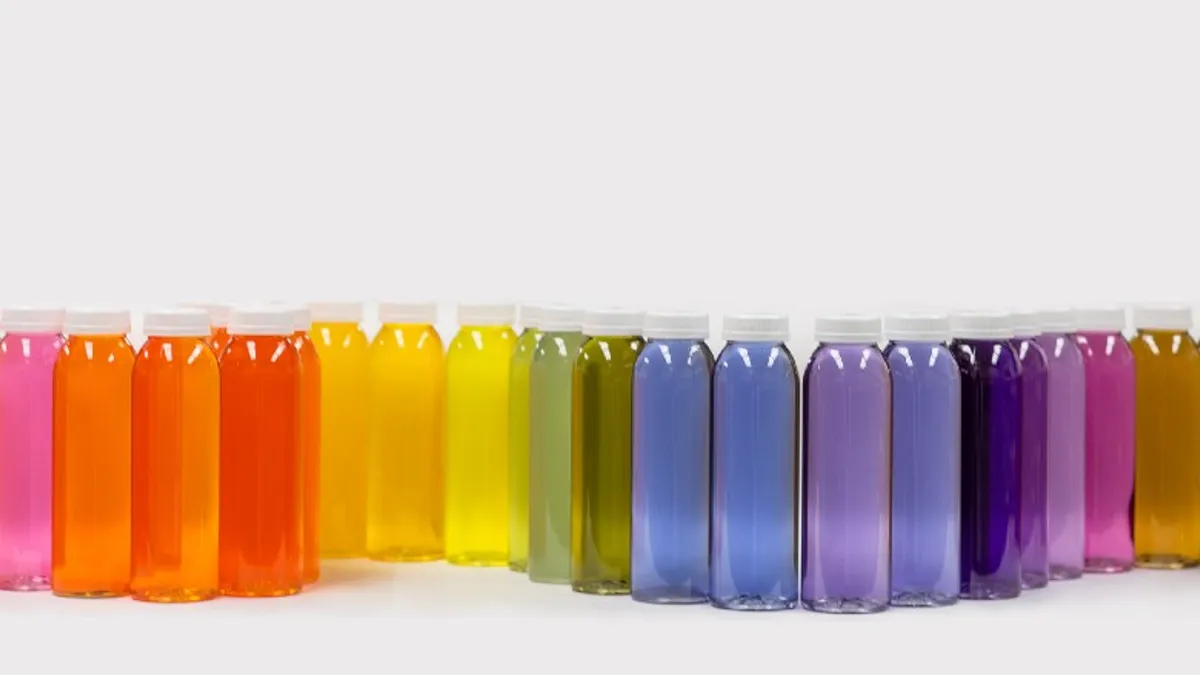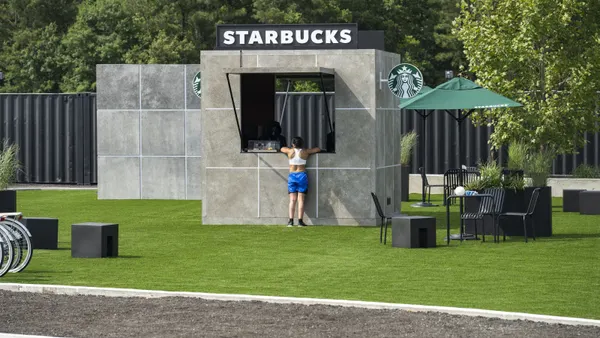The following is a guest post by James Silverstone, account director at agency New Moon. Opinions are the author's own.
With June here, brands and organizations are showing their support for global Pride Month. The rainbow social logos, sparkly limited-edition Pride productions and charity donations are well under way.
The now-common sight of glittery shop windows with Pride displays and brands supporting their LGBTQ staff and allies shows how far we've come from the invisibility of the past. As a member of the LGBTQ community, I find that brands showing their support every June is amazing — or at least, it used to be.
As Pride month rolls around again, the dazzling rainbows have started to fade into more muted tones as audiences from both within and outside the LGBTQ community are beginning to question the intent behind these branded efforts.
Brands engaging sincerely?
My team has held many discussions about performative actions, particularly in the past year, and it's highlighted how many brands are using Pride Month as a tick-the-box exercise. Rather than engaging sincerely, some brands are instead crashing the metaphorical parade to cash in on rainbow-colored dollars before moving on to the next trending topic come July 1.
I'm not suggesting that to support Pride, brands must have rainbow social logos 365 days a year, or that Pride itself should be a yearlong celebration. I'm also not saying brands should be put off or reticent about taking an active role in celebrating Pride altogether. What I am saying is that brands that find ways to engage with the LGBTQ community throughout the year — in a genuine and authentic way — are going to stand the test of time, especially as audiences continue to call out valueless, shallow and performative actions.
The good news is that there are plenty of brands already doing this. Legacy players like Levi's come to mind as year-round allies; its recent work with The U.K. Post Office and Queer Britain to support the creation of the nation's first national LGBTQ museum is a testament to that.
But there are brands we can look to as role models for how we can all show up to facilitate more diverse and inclusive cultures and for what the future of brands celebrating Pride looks like.
World of Wonder's production "RuPaul's Drag Race" isn't just a TV show, but a massive ecosystem with franchises in a dozen countries, Drag Con events and a content platform.
Procter Gamble's "Can't Cancel Pride'' 2020 virtual event attracted more than 1 billion impressions and at least 40 million views. In 2021, P&G released a landmark study with GLAAD, entitled "LGBTQ Inclusion in Advertising and Media," and doubled down with its Pantene shampoo commercial featuring lesbian moms with a transgender child.
PepsiCo's Bubly brand of seltzer runs a platform called "Drag for All Flavors," a year-round showcase of talent from people of color, drag kings and transgender queens, generating about 3.5 million impressions and 36% engagement.
Citi was the first bank to launch a version of Mastercard's "True Name" initiative in the U.S., allowing trans and nonbinary people to have financial products in their self-identified first name.
The reality is that in the U.K. and U.S., the LGBTQ community has more support, visibility, allies and equality than at any other point in history. But that's not to say it's a job done. Brands and organizations must understand that the LGBTQ community is highly diverse, and ticking the rainbow box once a year doesn't just alienate a whole community, it also actively pushes them away from your brand.
After all, we don't want to just see ourselves celebrated in June — we want to see ourselves and our lived experiences reflected all year long.












